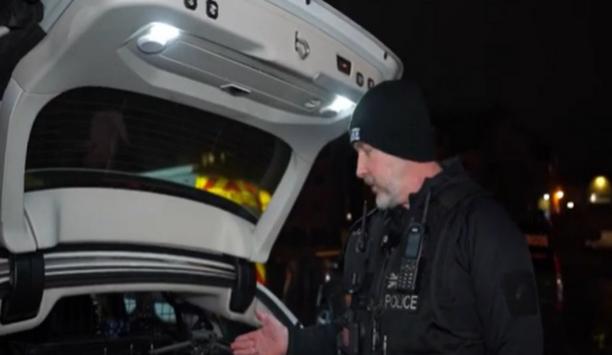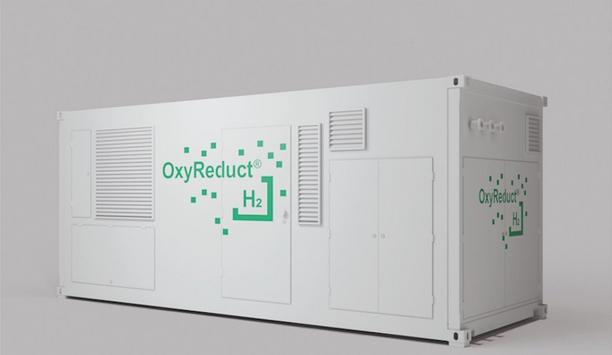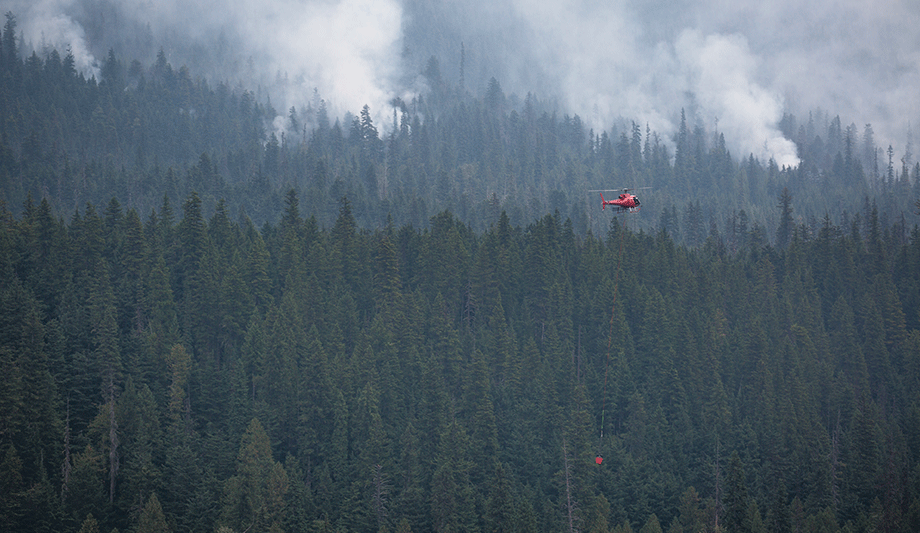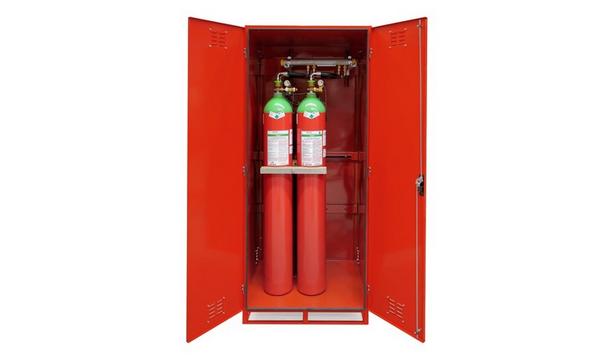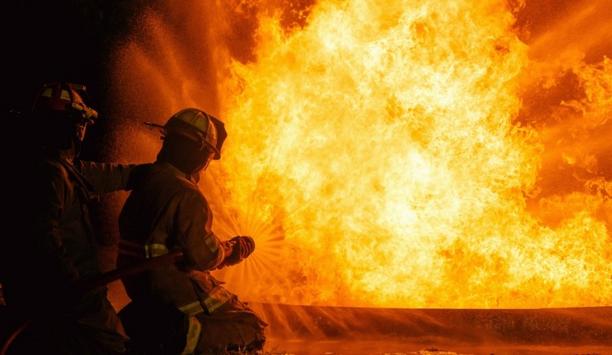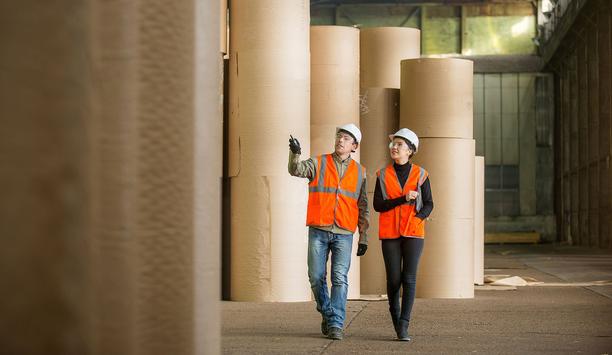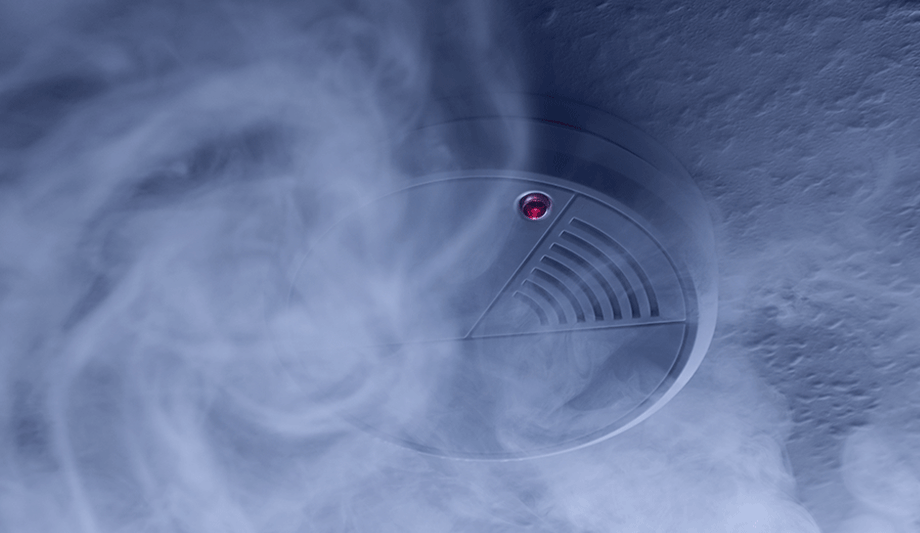The flames and billowing smoke rose high enough to veil as an acre of bone-dry grasslands was ignited by a slow, fiery ooze belching from something called a drip torch. The initial wave of heat could have easily seared the clothing of the sturdy crew of firefighters who purposely set this section of land aflame, but they knew which way the wind was blowing and lit accordingly.
That is what a prescribed burn looks like. USDA Forest Service employees repeat similar scenarios on national forests and grasslands across the U.S.
Why start wildfires?
The Forest Service conducts prescribed burns, assisting Mother Nature to create safer wildfire conditions
The simple response is that all fire is not bad, nor is there only one kind of fire. In fact, many of the wildlands in the U.S. rely on fire to remain healthy. When conditions are safe, with calm winds and low temperatures, the Forest Service conducts prescribed burns, assisting Mother Nature to create safer wildfire conditions. By burning under planned weather conditions, they can better manage the thick smoke that can come with out-of-control wildfires, and make the communities safer by removing some of the dry, dead debris that builds upon the forest floor.
Forest Service researchers study prescribed fire in the lab and on forests. Using experimental prescribed burns, they collect valuable information about fire behavior, fuels and emissions to then help managers better implement prescribed fire.
Scientists from across the agency work with universities, industry, and other agencies to study fire and develop tools to help land managers. USDA scientists teamed with experts at Los Alamos National Laboratory and the Tall Timbers Research Station to develop the computer-based QUIC-Fire tool that rapidly predicts complex fire behavior. The tool shows how weather and fuel conditions affect ignition patterns, fire effects, and smoke impacts. The scientists continue to study how prescribed fires can best mimic “good” wildfire so that native plant and wildlife species can thrive, carbon pools are maintained, and forests are better able to survive drought.
Wildfire Management
Prescribed fire is a part of a larger approach to wildfire management
Prescribed fire is just one part of a larger approach to wildfire management. When weather conditions heat up and dry out, the Forest Service works to prevent and contain fires that could threaten communities. They also use mechanical equipment to clear out dead and dying undergrowth and thin dense areas to improve tree mortality. This keeps the forests and grasslands healthy and resilient to severe wildfire and drought.
None of this would be possible without the scientists, who continue to create better models and tools to help understand how to best engage with fire – proactively and in real-time.

